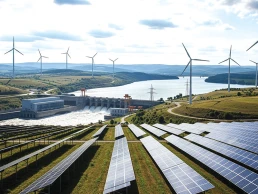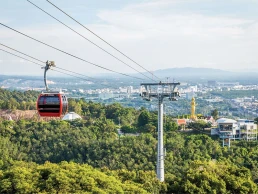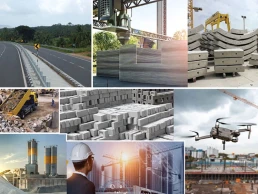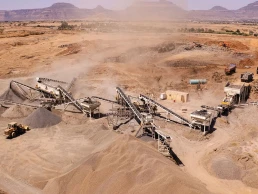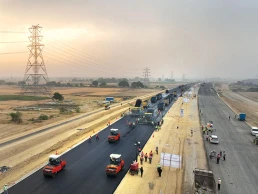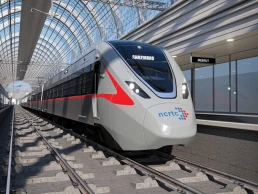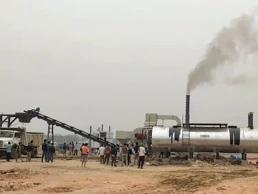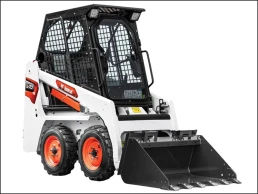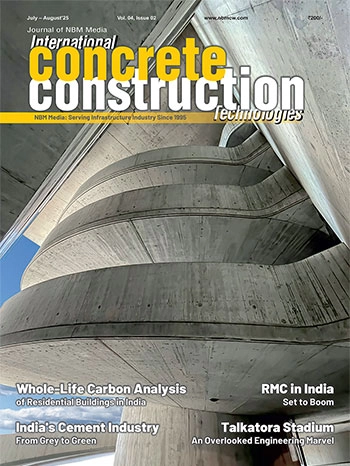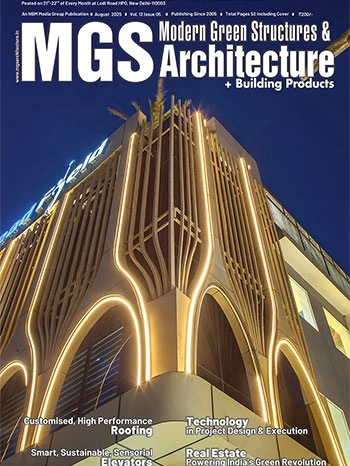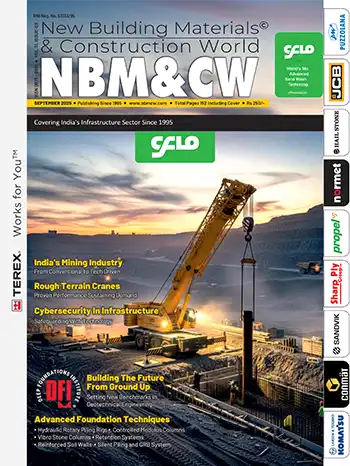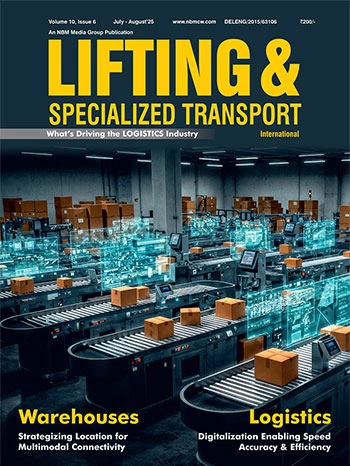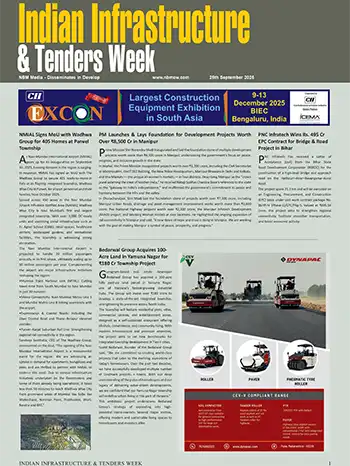India Sets Course for Sustainable Maritime Growth, Eyes Global Leadership by 2047: Sonowal
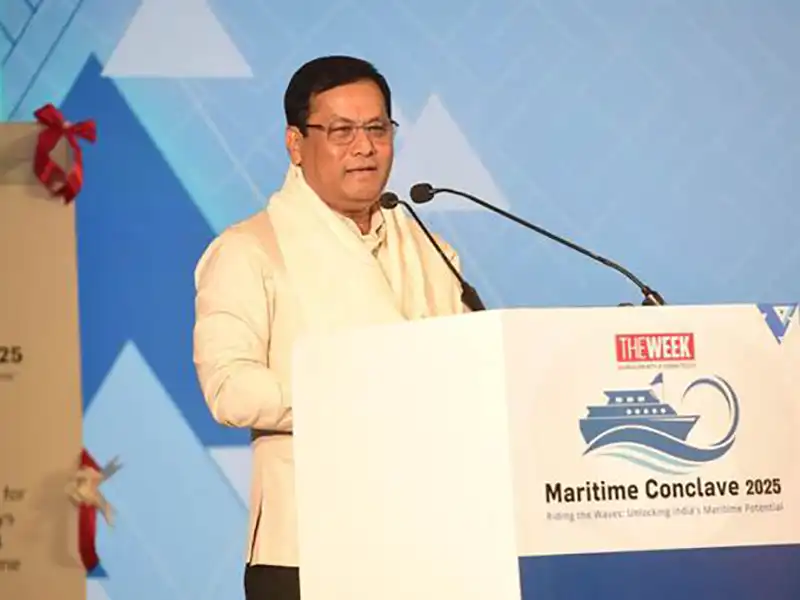
India’s maritime sector is undergoing a transformative shift, aiming to position the country as a global maritime superpower. Backed by ambitious investments, modern port infrastructure, and sustainable reforms, the sector is playing a key role in building a stronger and greener economy in line with the vision of Viksit Bharat 2047.
Union Minister for Ports, Shipping and Waterways Shri Sarbananda Sonowal announced that under the Maritime Amrit Kaal Vision 2047, India is expected to attract investments worth ₹80 lakh crore, create over 1.5 crore jobs, and drive the adoption of green shipping practices.
“India’s maritime growth story is about prosperity, sustainability, and pride in our heritage,” Shri Sarbananda Sonowal said. “From efficient ports to digital shipping, every initiative reflects Prime Minister Shri Narendra Modi ji’s vision of combining economic strength with environmental responsibility. Under his leadership, we have already set course as India’s Blue Economy aims to gain ₹80 Lakh Crore boost, 1.5 Crore jobs under Maritime Amrit Kaal Vision.”
The government’s flagship ‘Sagarmala’ programme is driving this change with 840 projects worth ₹5.8 lakh crore under implementation by 2035. Already, 272 projects worth ₹1.41 lakh crore have been completed. The upcoming ₹76,000-crore Vadhavan Port in Maharashtra, envisioned among the top 10 container ports globally, is projected to create 12 lakh jobs. Meanwhile, India’s major ports have reduced turnaround time to 0.9 days, faster than global benchmarks in the U.S., Germany and Singapore. Nine Indian ports are now ranked among the world’s top 100.
Highlighting the government’s idea of implementing a conducive policy environment for swift implementation of PM Shri Narendra Modi’s vision, Shri Sarbananda Sonowal said, “Our policy reforms are shaping an investor-friendly environment. With this spirit, after extensive stakeholder consultations in the spirit of cooperative federalism, we recently enacted 5 landmark legislations forever altering the maritime landscape of the nation, establishing a strong, business and environment-friendly, globally aligned legislative framework. With the ₹25,000 crore Maritime Development Fund (MDF), our government has incentivised shipbuilding, infrastructure status to large vessels, and tonnage tax benefits for inland vessels. Together, these are boosting competitiveness and global alignment. From “No Vision” of the UPA regime, our Prime Minister Shri Narendra Modi ji has given us two “Grand Visions” - The Maritime India Vision 2030 and the Maritime Amrit Kaal Vision 2047. These vision documents have shaped our strategy and planning to spruce up the sector and empower it to become a force multiplier towards propelling the Indian economy to become Viksit Bharat.”
Kerala has emerged as a key driver of this maritime resurgence. The Vizhinjam International Seaport, operational since 2024, is India’s first fully automated transshipment hub and has already handled 10.6 lakh TEUs and nearly 500 ships. Cochin Shipyard, uilder of INS Vikrant, is expanding its global footprint in shipbuilding & repair.
Speaking on the key role that Kerala plays in India’s ambition of becoming a global maritime power, Shri Sarbananda Sonowal said, “Kerala anchors India’s vision of becoming maritime superpower by 2047. The Cochin Port and its Vallarpadam transshipment terminal are set for further expansion to accommodate rising cargo flows. Under Sagarmala, 54 projects worth ₹24,000 crore are being executed in Kerala, of which 20 are already complete. These include modernised fishing harbours at Kochi, Kannur, and Thrissur, providing direct benefits to thousands of fishermen. All of this and more are aimed at harnessing the state's maritime potential as well as unlock opportunities to further the larger goal of maritime excellence.”
The Kochi Water Metro, Asia’s largest integrated water transport system, is revolutionising urban connectivity with 78 electric-hybrid vessels connecting 10 island communities. Kerala’s waterways are also being developed as economic corridors. National Waterway 3 and the International Cruise Terminal in Kochi have unlocked tourism and logistics opportunities, with the terminal welcoming 105 cruise ships and 1.4 lakh passengers in just three years.
With India Maritime Week 2025 scheduled in Mumbai this October, the government anticipates stronger international partnerships and fresh investment inflows. Sonowal urged global stakeholders to deliberate on issues such as decarbonisation, supply chain resilience, cybersecurity, and sustainable shipping.
“A new era of maritime glory has begun,” Shri Sonowal said. “Kerala’s success is proof that India’s maritime sector can combine tradition with technology, history with modernity, to power our rise as a maritime superpower and a Viksit Bharat by 2047.”

































